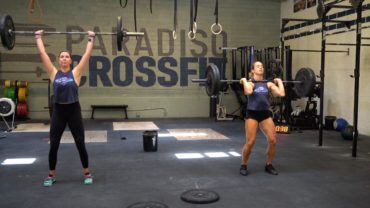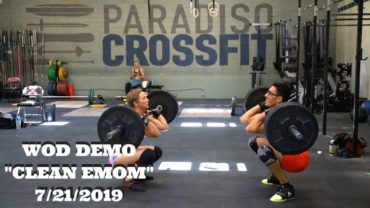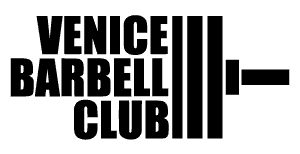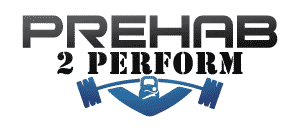Foundational Movement Challenges
Now that we are on our way to becoming an athlete and developing a daily movement habit, lets talk about the basics of natural functional movement.
Below is a list and some brief information about our foundational movement patterns, including a movement challenge for each. We want you to stop thinking about these things as just exercises that you perform in the gym, but rather movements that we are all meant to do.
We want to address the fears that people have. Fear of injury from lifting and squatting. Fear of not being able to do something or not being good at something like running or pull-ups. These are movements that we are all designed to perform and should be able to perform. These movements are all complimentary to each other and we have a lifetime to improve and practice.
Squatting/Lunging
One of the most basic of all human functions. In the gym we may do this with barbells, dumbbells, medicine balls or kettle bells, but when we get outside the gym, this is how we stand up and sit down from sitting on the floor, go to the bathroom without a toilet and move up and down steep slopes or steps.
Movement Challenge: We have two basic variations of the squat: loaded and unloaded. The loaded squat is typically performed with weight, where we want to stabilize the midline and maintain tension throughout the entire body. The unloaded or primal squat is the natural sitting/bathroom position and is a great way to warmup and improve mobility in your back/hips/knees/ankles. Check out the wall squat video below and see how low you can go!

Lifting/Carrying
This can be groceries, helping someone move a couch or moving sandbags to stop a flood. In the gym we typically use things with nice handles like barbells and dumbbells, but the principles are the same. Lifting can also be labeled a “hip hinge” exercise that primarily utilizes the “posterior chain” or hamstrings, glutes and spinal erectors. Once we can lift things, we can also carry things for a distance. These two movements performed safely and regularly are excellent ways to a long functional life!
Movement Challenge: While picking something up off the ground is a seemingly simple, natural movement, performing it perfectly with weight and for multiple repetitions is actually quite challenging. The two drills below are designed to introduce the “hip hinge” movement and improve body awareness for the lifts. Perform 3 sets of 10-20 repetitions with as big of a range of motion as you can perform with quality standards. The broomstick should maintain contact with your tailbone, upper back and your head throughout the range of motion and focus on maintaining tension or a stretching feeling in your hamstrings. The goal is to get your body parallel to the ground, but if you have tight hamstrings, this will be impossible. The single leg variation is much more demanding. Remember, we will be discussing each of these movements in greater detail in future posts and will get to the actual lifting stuff!


Pulling/Hanging/Climbing
The pull-up is most often performed on a straight bar, but in the real world, pulling your bodyweight upwards is more commonly performed on a rope, wall or ledge. Part of this foundational strength that is often overlooked, is the ability to simply hang on something! Hanging helps improve the strength of your grip, forearms and lats, as well as your overhead mobility.
Movement Challenge: Performing a pull-up is something everyone should be able to do. No matter your current abilities, the below video will provide some basic warmup drills and progressions to start working on this foundational movement.

Pressing
Pressing occurs in multiple directions. The pushup is the ability to push our bodyweight up off the ground with our hands in front of us, which can also be seen in the bench press. Dips are performed by pressing downward, which is a similar movement to getting out of the pool or over a wall. Overhead pressing can be seen in movements like handstand pushups or having to put something up on a high shelf.
Movement Challenge: Performing a push-up is also something everyone should be able to do. No matter your current abilities, the below video will provide some basic warmup drills and progressions to start working on this foundational movement.

Running
We were born to run (good book if you haven’t read it). We want to develop both the ability to run long distances and short sprints. In nature, this would be about hunting animals or traveling over long distances, as well as the ability to have bursts of speed to run away from danger. In sport, most games last an hour or two where the athletes are regularly moving or jogging at slower speeds, but include moments of high intensity, where they may have to sprint to chase down a ball.
Movement challenge: On two separate days, using your local track (ideal) or a 400 meter loop around your neighborhood, perform the following workouts. Run 1 mile for time (1600 meters) and also 4×400 meter sprints with 60sec rest between. You can perform this with varying distances based on your current fitness and comfort level (800 meters and 4x200m sprints for example). The purpose here is to feel the difference between two different styles of running, but the same total distance. The goal is to run each of them as fast as you can and compare your times.
In future posts we will discuss more about those relationships, as well as dive into more detail about how to improve in each of these areas. Take your time with the movement challenges and have fun!















